No, the answer to all of our problems isn’t eating babies. And while I contemplated attempting to write this blog post as a satire, I realized that a) I’m not clever enough to do so and b) the average internet reader probably isn’t clever enough to pick up on satire anyway (I’m sure you are above average, though).
Anyhow, I would like to propose a relatively simple solution to trail building in the modern world with an ever-increasing number of mountain biking disciplines and types of mountain bikes. In this blog post I am harkening back and expanding on the topic broached by my previous controversial hit-article, Sterilized Singletrack: A Spreading Epidemic.
Simply put: When building a trail system, build a little bit of something for everyone.
Yes, I know–this isn’t a ground-breaking principle. In fact, it’s the idea behind IMBA’s “stacked loop” trail design. In a stacked-loop design, the easier trails are closer to the trailhead and the more advanced trails are further out around the outside of the system, requiring more time and effort to get there which most advanced riders will gladly put in.
Personally, I have seen this design executed well (Five Points comes to mind) and rather poorly (theJackrabbittrails in North Carolina).
Don’t get me wrong–I loved riding Jackrabbit! However, it fails to offer a diverse mountain biking experience. There are a few trails around the outside of the system that are slightly more difficult than the entry trails, but examined in a broader context they barely pass intermediate status. So yes, while Jackrabbit does feature a stacked-loop design, it doesn’t fulfill the purpose the design was originally intended for.
There are some trail builders out there that get where I’m going with this article, and to them it sounds like I’m just preaching to the choir. For instance, the new trails coming to Coldwater Mountain in Anniston, Alabama promise to offer something for everybody:
If all goes according to schedule, in three or four years Coldwater Mountain will be home to a network of 60 miles of mountain bike trails constructed for various skill levels. Also included will be facilities known as a gravity area, a skills park and a pump track, all of which will allow riders to enjoy the facility without pedaling off deep into the forest. (Source)

Rock armoring at Coldwater Mountain. Photo: IMBA.
Other trailbuilders have been slow to jump on the something-for-everybody bandwagon, and would instead build miles and miles of vanilla trail that most people will enjoy, while challenging no one. It is to those trailbuilders that I speak today.
The Formula
For people in charge of building a new system from the ground-up, or looking to expand and enhance a new system, I propose the following breakdown of trail difficulty:
- Beginner (green): 15%
- Intermediate (blue): 45%
- Advanced (black): 30%
- Expert (double black): 10%
And here’s why…
Beginner

“Firebreak Tr.” atHarbison State Forest, Columbia, SC.Photo: jaybird57.
In this breakdown, let’s take, for example, a 20 mile trail system that is being built. With 15% of the trails designated for complete n00bs, that would provide 3 miles of singletrack designed specifically for absolute beginners. If they are completely new to riding bikes, 3 miles may be all they want to do. If, however, they are relatively fit and athletic, they could pretty easily graduate to intermediate trails, potentially on their first ride.
Intermediate

Thunder Mountain, Red Canyon, Utah. Photo: simongauthier.
With a proposed 45% of the entire trail system designated as intermediate trails, this would work out to 9 miles out of a 20 mile system – the single biggest chunk. Many beginner riders will be able to ride these trails with relatively little practice, and they’ll be good for advanced riders looking to log more mileage. These intermediate trails are the most versatile, and many trail systems around the nation already feature these types of trails almost exclusively. In my proposed system, while they are still the biggest single fraction, intermediate trails are only 45% of the total compared to many current trail systems that consist of 80-90% intermediate trails.
Advanced

Rider: Mandil Pradhan. Location: Mustang Valley, Nepal. Taken February 2012. Photo: Gaurav Man.
The advanced trails I’m talking about are true black-diamond trails–not the “black-diamond” trails that some trailbuilders illegitimately classify as advanced, but truly challenging trails with rock gardens, root webs, off camber corners, punchy climbs, steep descents, bridges, skinnies, and the occasional jump and drop. At 30% of the total 20 miles, this would comprise 6 miles of the trail system.
Expert

Crested Butte Mountain Resort, Colorado.
Expert trails border on the insane, with challenging double-black-diamond trails where it would be wise to have a dual-crown fork. While 10% of the entire trail system is a very small slice of the overall pie, 2 miles of true downhill trail would probably be plenty to keep the gravity crowd satiated, especially considering the lack of true DH offerings in many places around the nation.
Caveats
Some trail systems, especially in urban/suburban areas, simply don’t have the room to build trails that cater to everyone’s needs. In that instance, I can see why a trail, especially in a public park, would need to be built to the least common denominator. However, in urban areas where there are a number of trails and each individual park only has 5-10 miles of singletrack, the problem could still be solved by having each individual park catering to a different level of rider: beginner, intermediate, advanced, or expert.
I know that building advanced trails can take more time and more money than many organizations are willing to put in. Sometimes it’s just so much easier to ramrod the trail machine through and be done with it.
But will a trail system with 20, 30, or 40 miles of trails that all look so similar that riders have a constant sense of deja vu really have better staying power than a more diverse offering? That’s the question I pose to you.
If you agree with me and decide to adopt this trailbuilding theory, the actual numbers/percentages could vary, of course, but the main concept should remain the same: we need to build more than just intermediate trails–we need to provide trails that span the entire spectrum of riders.
What do you think? What’s the perfect balance of trail difficulties?










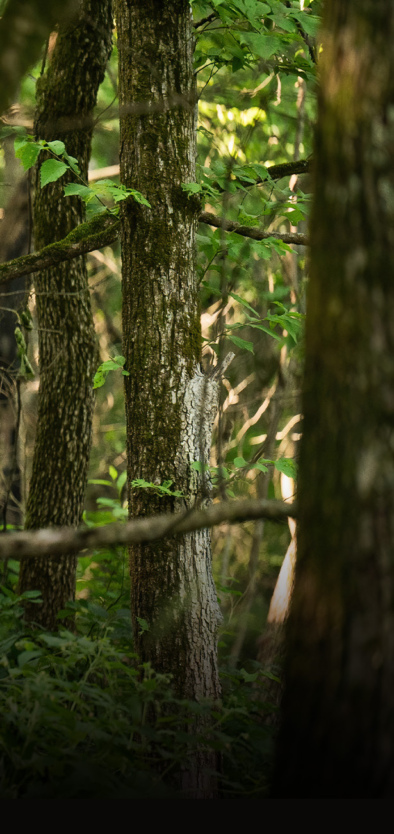


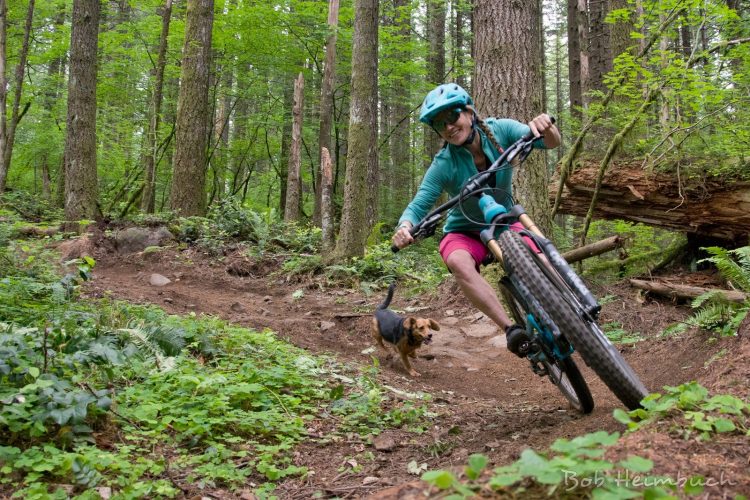

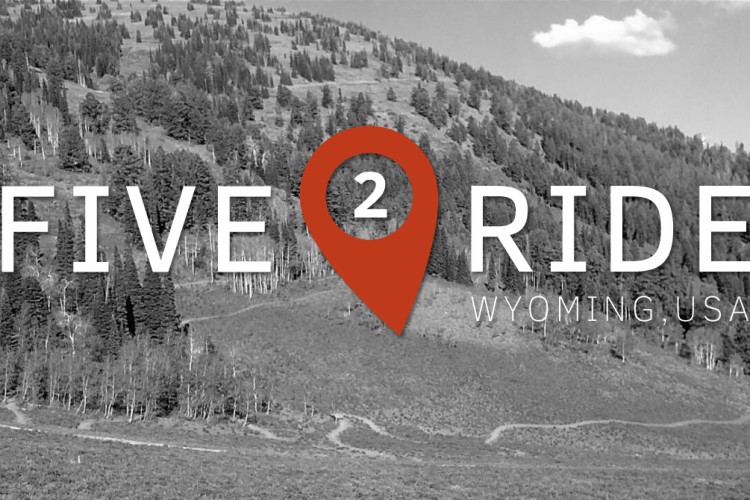


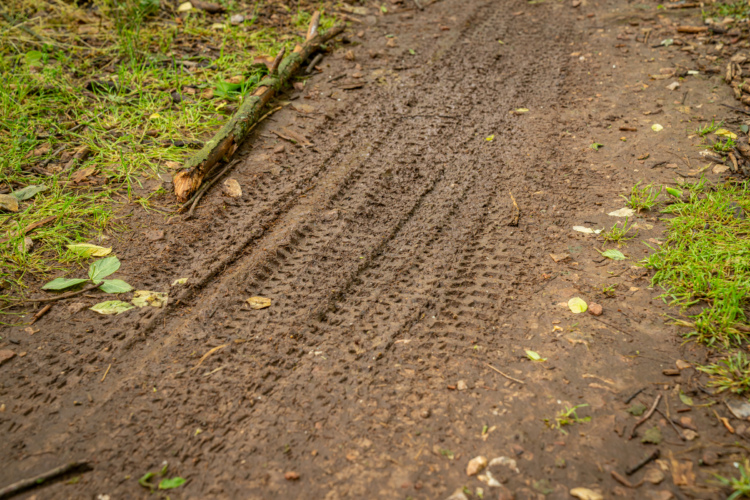
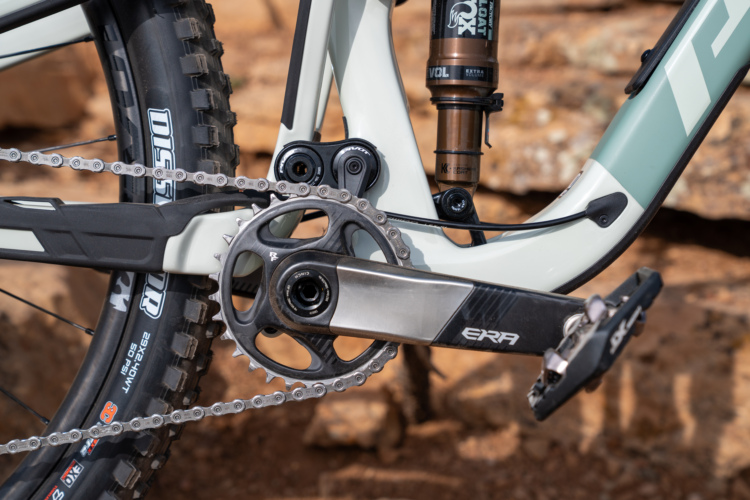
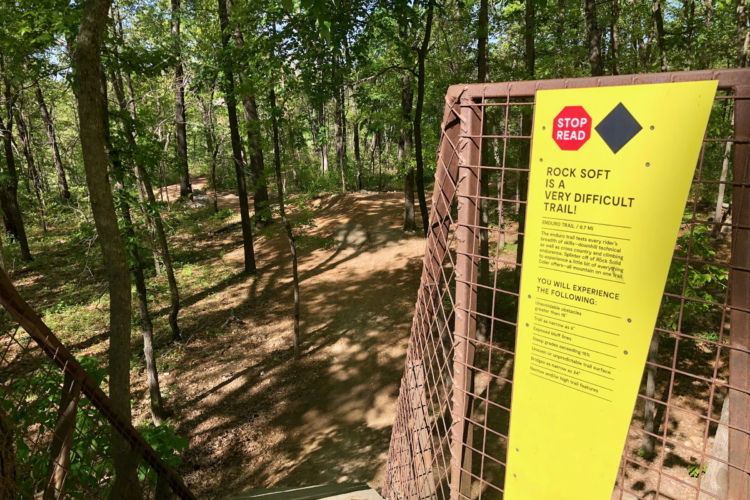

18 Comments
Apr 10, 2012
I will say that I do like when trail systems that lack the real estate others have offer a more difficult b-line in areas just to give you something else to try (rock garden, skinny, etc) instead of the faster flowing intermediate trails.
Apr 10, 2012
Like I said, the exact ratios could vary, and obviously how the trails are rated could vary somewhat, but the principle is what I'm trying to get at: when building a large, comprehensive trail system, we should be trying to cater to riders of all abilities and most/all disciplines. Maybe that means having technical flatland trails, technical climbs, AND technical downhill trails.
Apr 11, 2012
Apr 10, 2012
@burnedthetoast, while the expert trails might warrant a DH bike and a dual crown fork, that doesn't stop someone on a hardtail from attempting them. But I get what you're saying.
@AK_Dan, great points, all. While the advanced/expert trails are normally the outliers and the ones I probably focused on the most in this article, having beginner trails is crucial, too. I've visited many trail systems that, while I personally am more than capable of riding the trails, I know others are not. For instance, there are no good trails in my hometown to get beginners started on--they're all too technically difficult or have too much climbing for true beginners. This makes events like the recent Dahlonega Trail Days, where we wanted to host a beginner mountain bike ride, difficult to coordinate.
Apr 10, 2012
Jun 20, 2019
Yes:
"Natural" trail features depend on the terrain. Where you get rocky sections it seems good sense to build technical rock features. To get an advanced challenge out of a flatter, smoother area, you have to build timber features........with maintenance issues.
But.....You shouldn't have to walk a section because of difficulty: if you are on an intermediate trail, there should be an intermediate-level way through.
......all interesting design challenges.
Builders are only beginning to come to terms with the difference between "Difficult" and "Dangerous".
Providing it is well signed, there is no legal liability in providing advanced recreational challenges......even Black Diamond trails.
The problem comes with having technical features that do not allow the easy use of basic mountain biking skills. These features are just Brutal -- unpleasant rather than fun tech challenges. Many old hiking trails are like this: steep uphill blocks and narrow pedal and handlebar traps. These places need a significant amount of random chance (luck) for success. Such spots might well be considered negligent maintenance in a lawsuit.
Of course, some folks ("Old-timers"?) consider it "dumbing down" to remove such hazards........but professionally built areas like Moab show a saner way........on all levels of trail.
Much of the funding for modern trail construction comes from tourism-inspired development and such a balance of trail difficulty, apart from being fair, would be the only fundable option.
Thanks to everyone who is wrestling with these issues.......
Apr 10, 2012
But YES to stacked loops, varying degrees of difficulty, and also to trail offshoots (even short ones) that involve harder stuff. That's what one park near me has done recently - the main trails through the park are beginner/intermediate, and there are some more advanced features on the smaller, side trails. It makes for a lot of nice options in what's not really that huge of an area - and it also means more advanced riders don't have to pedal miles out to get to the trickier bits they'd like to session.
Apr 11, 2012
Also I agree with Skibum that there are some trails supposed to be challenging and tough. That's why Porcupine, Slickrock, Lunch Loop, Monarch Crest, Copper Harbor etc are Prime destinations where you can see riders from every country.
I rode recently one "a little bit for everyone" trail and honestly will ride it again (because its close) but it's not as fun as Copper Harbor or Porcupine Rim...
Apr 10, 2012
Now, as land managers become more educated and open to more difficult trails, it is possible to go back and add black diamond runs to an intermediate system. Just look at Buffalo Creek in Colorado or even Blankets Creek here in Georgia.
May 18, 2012
The difficulty in accomplishing this in an urban park area is maintaining sustainability or providing a reliable maintenance plan in the absence of sustainable construction. Building expert level trails that meet these criteria basically involves either rocks, complex water control systems, or a funded maintenance program. If the park terrain doesn't have a lot of rock then the amount of effort and expense to create advanced level trails (fall line climbs and descents, roots, rocks, etc) becomes exponentially higher for a fewer number of users.
Bottom line is all things equal it's important to plan for a diverse trail experience for all users but lets not forget the important land management issues that must be taken into consideration for public lands that no one user group controls or owns.
Apr 11, 2012
Apr 10, 2012
Apr 10, 2012
I do agree that a balanced mix is going to be the best solution however there are so many variables to that it really pays for trail builders to have done extensive research on an area and the users who are going to be there. While a group of local riders may be the best for designing trails that they are going to ride its important for them to step outside of their circle and look at the project with new eyes as inevitably there will be people either new to the sport, new to the area or both using these trails.
Geography make all the difference- in some areas them advanced trails are simply dots on a rock or arrows pointing the way through the raw woods. Its the beginner trails that are hardest to build because they take so much effort in order to make the rough terrain sterilized enough for those just getting started. Ive seen more than a few communities will have beginner/intermediate trails in one area and intermediate/advanced trails in another- works just fine as long as they aren't too many miles apart, visitors can easily hit up both in a day.
Apr 10, 2012
There's some good examples in the Ski industry. Aspen Mountain has not a single green circle trail available. But beginner-friendly Buttermilk is next door and it's just a few miles to the vast intermediate expanses of Snowmass. Aspen Mountain doesn't even try to cater to a broad range of skiers, but the company as a whole does. MTB trail systems should work the same way. If an area doesn't have what you're looking for , then that area may not be for you. Novice skiers don't generally take a ski vacation at Jackson Hole or Taos, but will be very happy at other destination resorts that still provide great snow, scenery and a top-notch vacation experience. I suspect the same could be said for MTB; if Fruita and Moab (more destination areas than local's areas) don't have enough of what you're looking for, take your trip to Tsali or Sun Valley.
Another variable not yet covered is the aerobic factor. Setting the gravity crowd aside for a momoent, most folks will encounter equal amounts of climbing and descending. Some skilled technical riders aren't very aerobically fit and some aeroibic hammerheads are inexplicably paralyzed by any rock taller than their axle. So trying to cater to all levels of all variables may yield and unwieldy number of permutations.
My bottom line thought is that trails should be build in communion with the land on which they reside. If the inherent flow of the land is rough, let the trails be rough--the Lunch Loops is a great example. Conversely, if it's smooth and flowy, so be it. To me, force-fitting trail design to welcome the masses will ultimately detract from the biking experience.
As far as local's trails, especially in/near large population centers, then certainly, every attempt should be made to accommodate the broadest spectrum of riders. You're not going to ruin the woods in the middle of town or the suburbs anyway.
I should check out your local trails, Greg. In the 12 years I've been MTBing, I've lived in six distinct areas and traveled to dozens more--I've never failed to find a decent quantity and variety of beginner/intermediate riding, so I always assumed new riders would have plenty to cut their teeth on.
Apr 10, 2012
Great points skibum, thanks for adding to the conversation!
Apr 10, 2012
Apr 10, 2012
Apr 12, 2012
As tough as LL is in general, it's not without some easier stuff--kid's meal is short, but the addition of Pet-e-Kes really opens up the place for intermediates or adventurous novices. It's a nice loop to for a newb to climb the old Tabeguache Road and descend Pet-e-Kes. As a more advanced ride I'm equally jazzed as Pet-e-Kes gives us an interesting uphill route to access HC, Andy's, Eagles, etc. This is a good example of adding to the bell curve wihtout detracting from the overall experience.